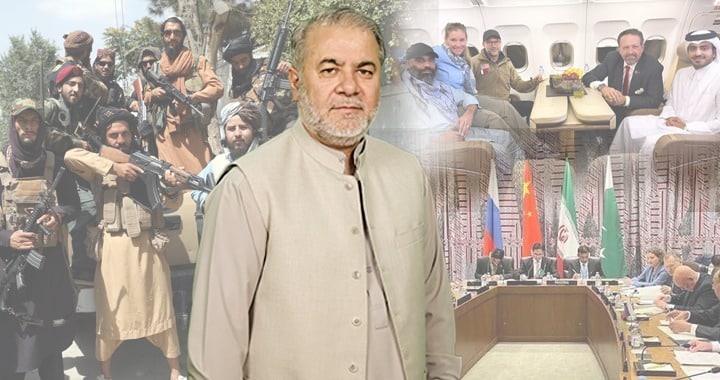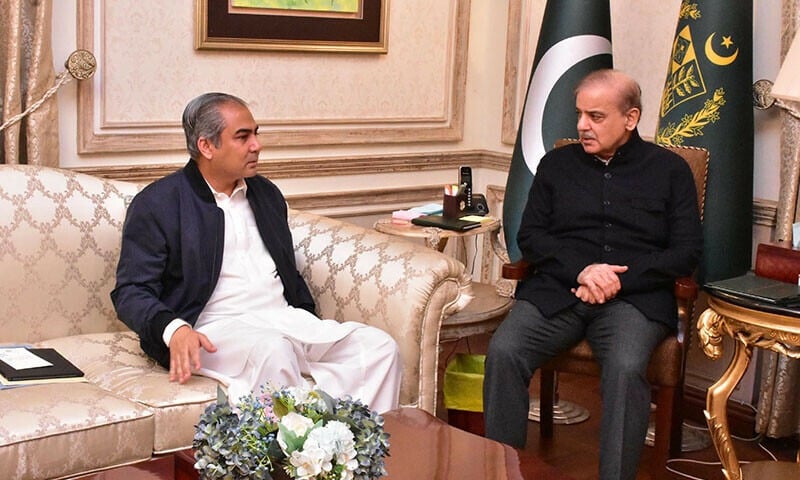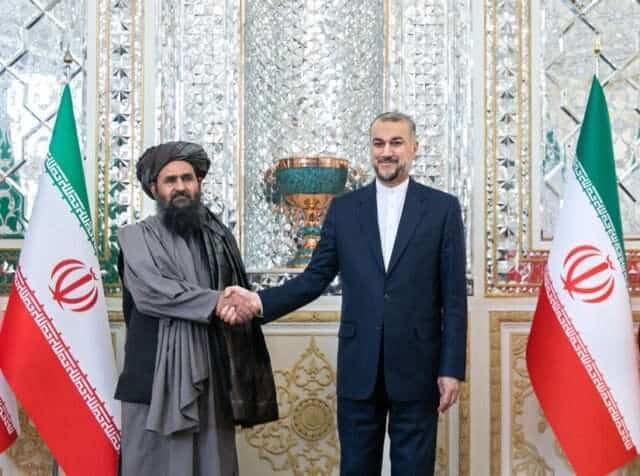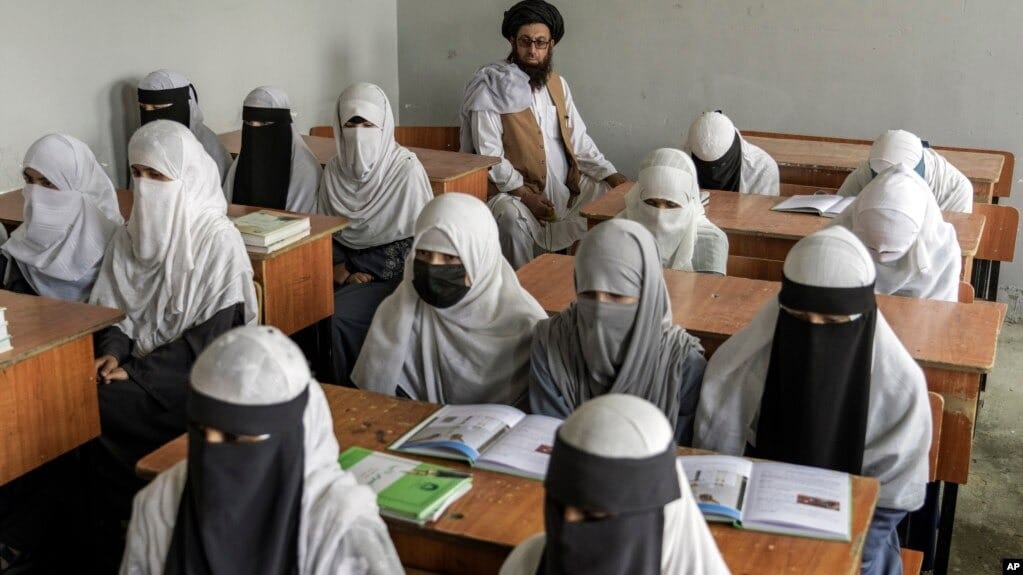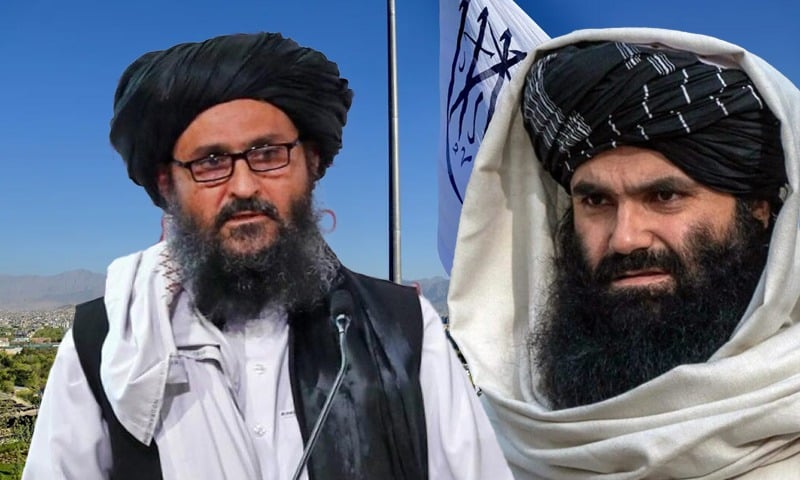Mushtaq Yusufzai
Once again, Pakistan, China, Russia, and Iran have spoken in one voice, demanding that Afghanistan’s soil must not be allowed to be used against any country. The joint statement, issued on the sidelines of the United Nations General Assembly in New York, reflects not only regional anxieties but also a growing sense of urgency: militant networks in Afghanistan are no longer confined to a local struggle but have become a multinational threat with global ambitions.
For years, Pakistan has repeatedly warned that Tehreek-e-Taliban Pakistan (TTP) and other groups are operating from Afghan territory. Now, with China, Russia, and Iran formally joining that chorus, the Taliban-led Islamic Emirate faces its most serious diplomatic challenge. The four nations specifically mentioned al-Qaeda, Daesh, the East Turkestan Islamic Movement (ETIM), Jaishul Adl, TTP, and even the Balochistan Liberation Army (BLA) as active inside Afghanistan. Their inclusion underlines the transnational nature of the militant presence—this is no longer just about Afghan internal security, but about a regional and even global menace.
Recent events underscore the gravity of the situation. In Khyber Pakhtunkhwa, security forces killed 17 militants in an operation just days ago—one of them reportedly a Bangladeshi national. In another incident in Peshawar, a terrorist was identified as a citizen of Azerbaijan. The Counter-Terrorism Department has even issued threat alerts about three Azerbaijani passport-holders believed to be plotting attacks inside Pakistan. This pattern signals a disturbing development: Afghanistan is once again becoming a magnet for foreign jihadists, reminiscent of the 1990s when fighters from across the Muslim world converged on its soil.
The Taliban leadership, for its part, has issued statements insisting that Afghan territory will not be allowed to threaten others. Yet words alone will not convince skeptical neighbors. The reality on the ground is that groups like the TTP, al-Qaeda, Daesh, and regional outfits from Central Asia continue to operate freely. Many of these groups fought alongside the Taliban during the insurgency against the U.S. and NATO. Asking the Islamic Emirate to suddenly expel or dismantle them is not just a question of will—it is a question of survival for a movement that still sees these militants as allies.
At the same time, the Taliban face mounting internal divisions. Many of their ministers are frustrated with the opaque decision-making of their supreme leader. Afghanistan’s collapsing economy, lack of resources, and weak state structures make it nearly impossible to exercise control over vast swathes of territory. Even senior Taliban officials are unable to move freely for fear of Daesh attacks, highlighting how fragile their grip on security really is.
China and Russia appear to be applying more pressure than Pakistan or Iran. Beijing, in particular, sees its economic projects and Belt and Road ambitions endangered by militancy. Moscow, alarmed by Daesh’s recruitment in Central Asia, shares those concerns. Iran has already tightened its stance against Afghan refugees, suspecting militant infiltration. Pakistan, meanwhile, continues to suffer the brunt of TTP attacks, yet its warnings have long gone unheeded.
The most alarming development, however, is the multinationalization of the TTP itself. Where once it drew mainly from Pakistani militants, reports now suggest that fighters from Bangladesh, Azerbaijan, Central Asia, and even al-Qaeda’s South Asian wing are joining its ranks. This transformation poses a new level of threat: the TTP is no longer a parochial insurgency but a hub for global jihadists seeking safe haven and a launching pad for operations.
The Taliban regime now stands at a crossroads. If it continues to harbor or tolerate such groups, it risks isolation, sanctions, and potentially even confrontation with its neighbors. If it takes real action, it risks alienating its long-time allies and fighters who see Afghanistan as their last sanctuary. Either way, Afghanistan is once again a test case for regional stability.
The four powers’ joint statement is more than diplomatic symbolism—it is a warning. Afghanistan cannot afford to become the epicenter of another wave of global terrorism. For Pakistan and its neighbors, the price of inaction is already being paid in blood.

